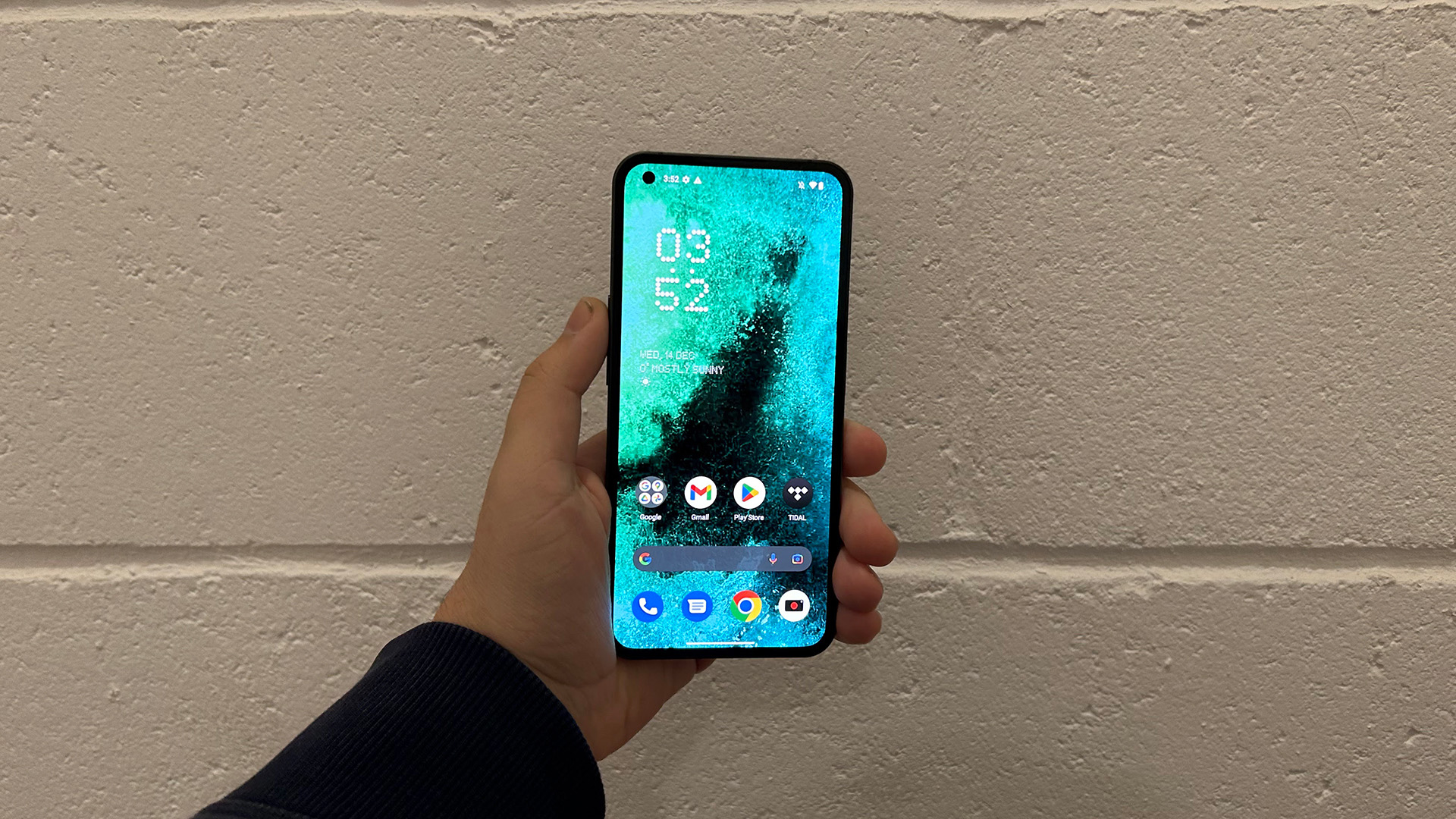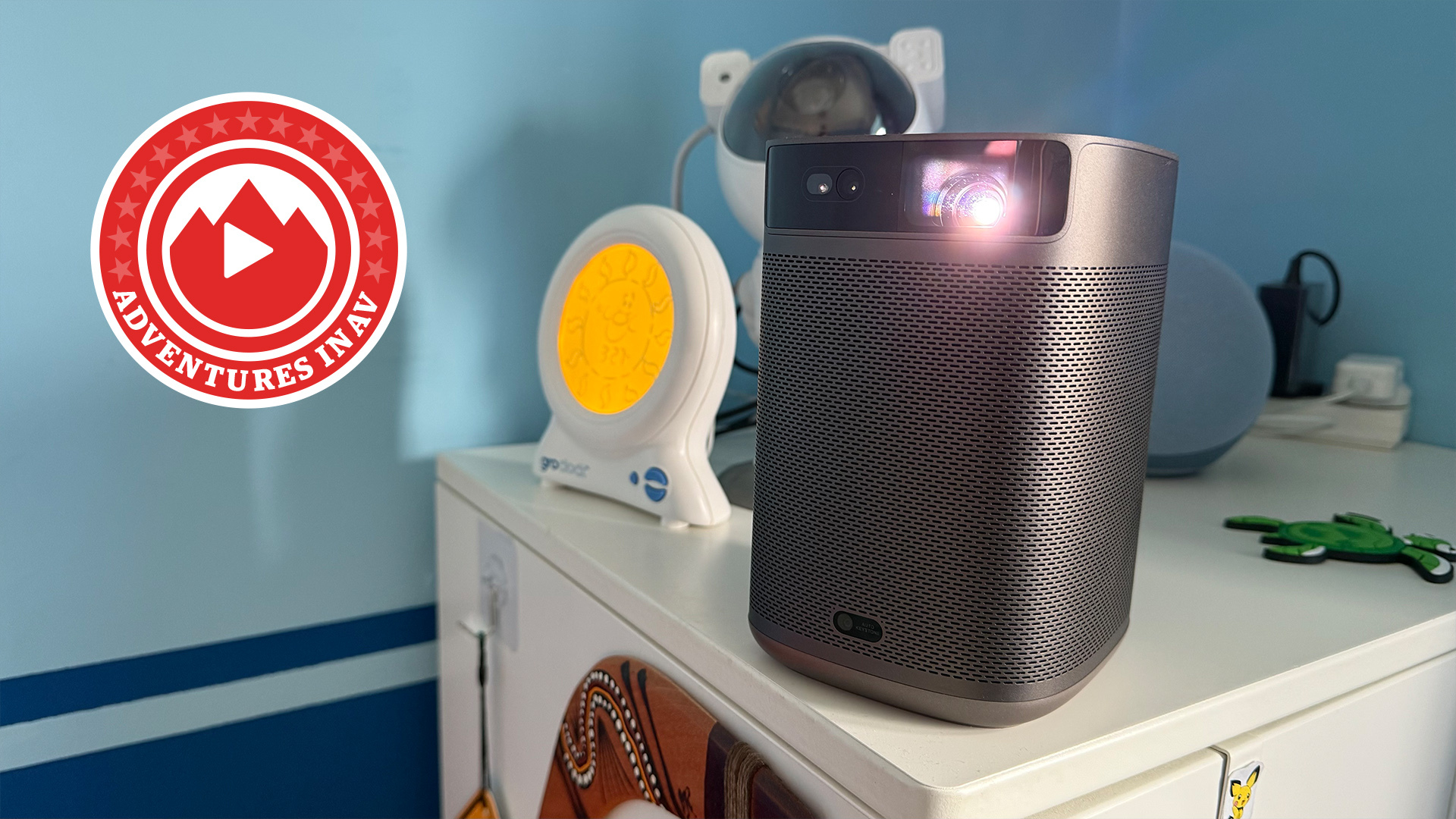What Hi-Fi? Verdict
Nothing's first phone offers a truly unique user experience and feature set and, despite tough competition, shouldn't be out of the running for your next smartphone
Pros
- +
120Hz OLED display
- +
Unique build
- +
Great value
Cons
- -
Weak sound from speakers
- -
Up against tough competition
Why you can trust What Hi-Fi?
Once upon a time, a rebellious company by the name of OnePlus sought to challenge the likes of Samsung, Apple and Sony to prove that you can get flagship performance without the flagship price tag. However, in the words of The Dark Knight’s Harvey Dent, “you either die a hero or live long enough to see yourself become the villain”.
With OnePlus phones now sporting price tags to rival those of iPhones, who will champion those that want to stick it to the man and tread the path less travelled when it comes to inexpensive and experimental smartphones? Ironically, it’s OnePlus co-founder Carl Pei who's come to the rescue, with a new brand that invokes the ethos of the early days of OnePlus.
It’s called Nothing, and you might be familiar with the company as we reviewed its first product, the Ear (1) wireless earbuds, back in 2021. Its first Android smartphone, the Phone (1), retains the naming convention and aesthetics of the company’s earphones, but can it deliver a quality AV performance at a genuinely competitive price point?
Price
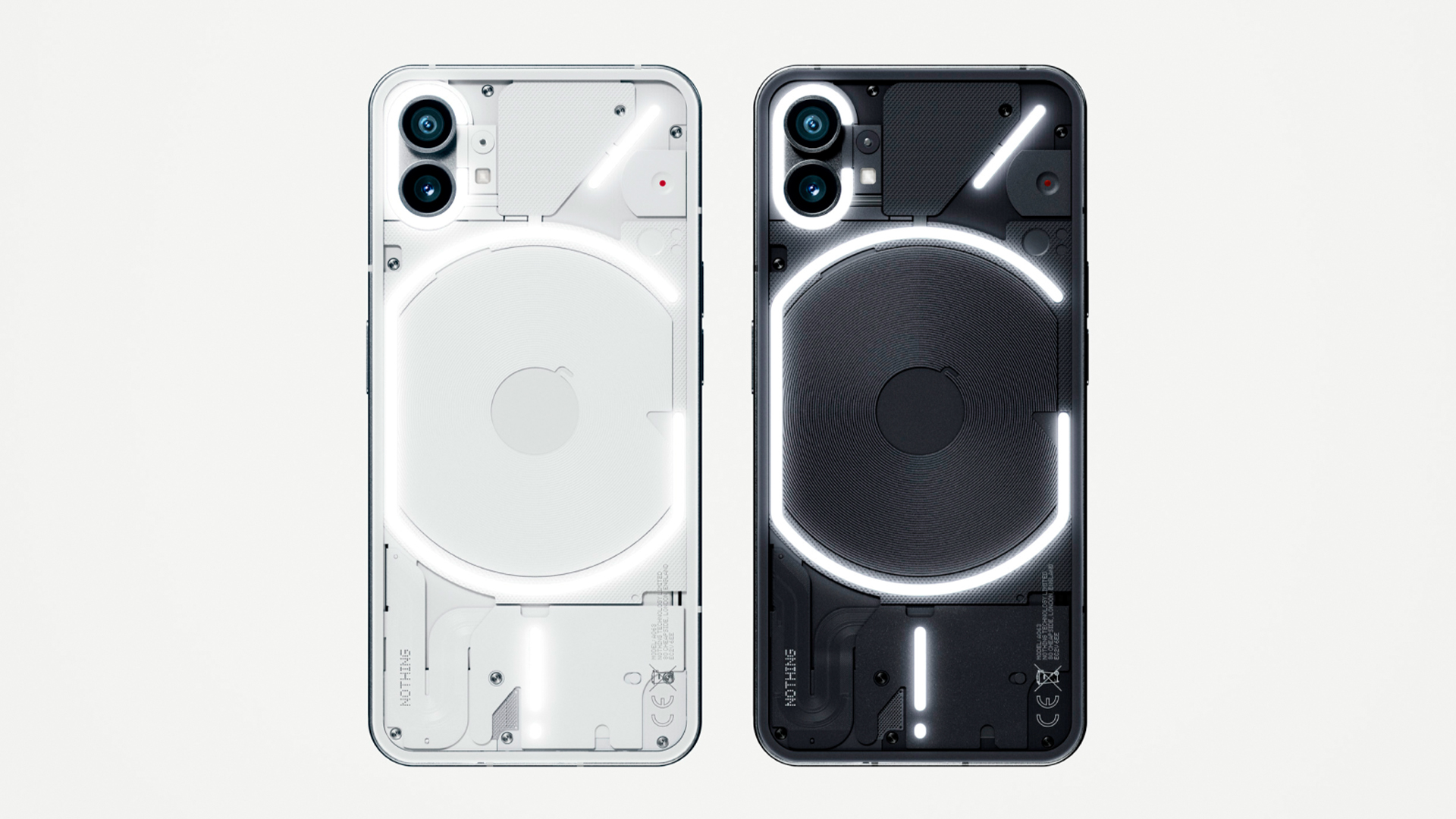
The Phone (1) is a truly affordable smartphone that starts at just £399 / AU$749. Unfortunately, the Nothing Phone (1) is not available to purchase in the States via conventional means. You can sign up for Nothing’s Beta testing scheme, and for $299 you can become an early adopter of Nothing in the States – the brand is thankfully intending on bringing its mooted Nothing Phone (2) to the USA when it launches.
If you are lucky enough to live in a region that the Phone (1) is available in, then you can expect a Snapdragon 778G+ processor – arguably Qualcomm’s best Snapdragon processor for mid-range phones – equipped with 5G and admirable performance to keep the phone running smoothly. The base model comes with 8GB RAM and 128GB of storage, while 8GB / 256GB and 12GB / 256GB models are also available.
At its price point, the Nothing is an extremely competitively priced phone – but maybe not competitive enough. The Award-winning Sony Xperia 10 IV undercuts it by a fair amount, and its proven five-star AV performance will certainly give the Nothing a run for its money.
Build
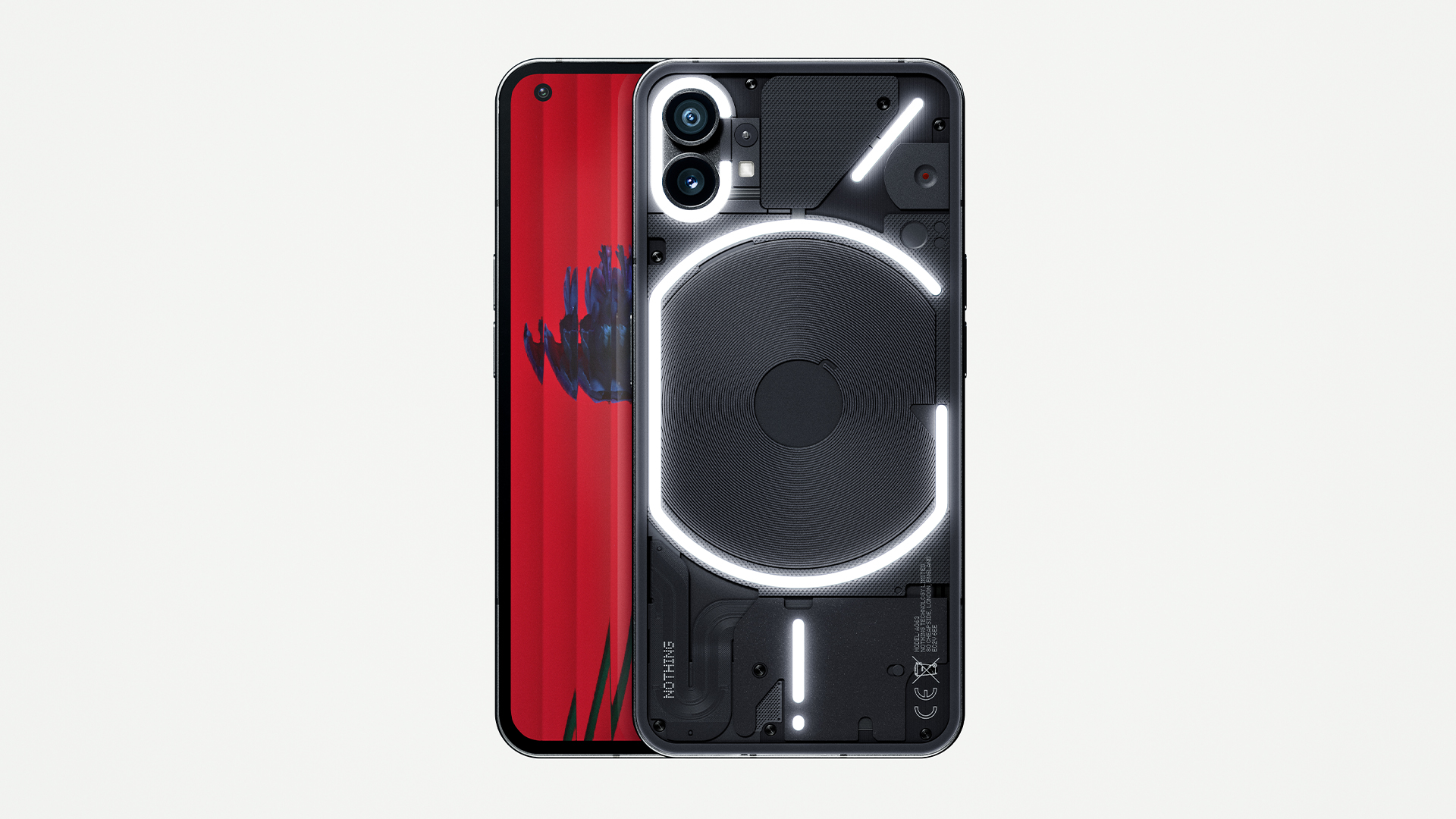
The Phone (1) looks and feels much more expensive than its price may suggest. Upon first glance, you would be forgiven for confusing it for an iPhone 12, with its flat aluminium rails and dual vertical-stacked cameras on the back. That's where the similarities end, though, with both the iPhone and any other phone we’ve seen before, as the Nothing’s unique design might be its biggest selling point.
The back features a transparent glass panel that lets you take a peek at some of the internal components of the phone, as well as housing the Glyph system, more on which later. The device’s aesthetics certainly turn heads, and if you want a phone that doubles as a conversation piece, the Nothing might be right up your alley.
Features
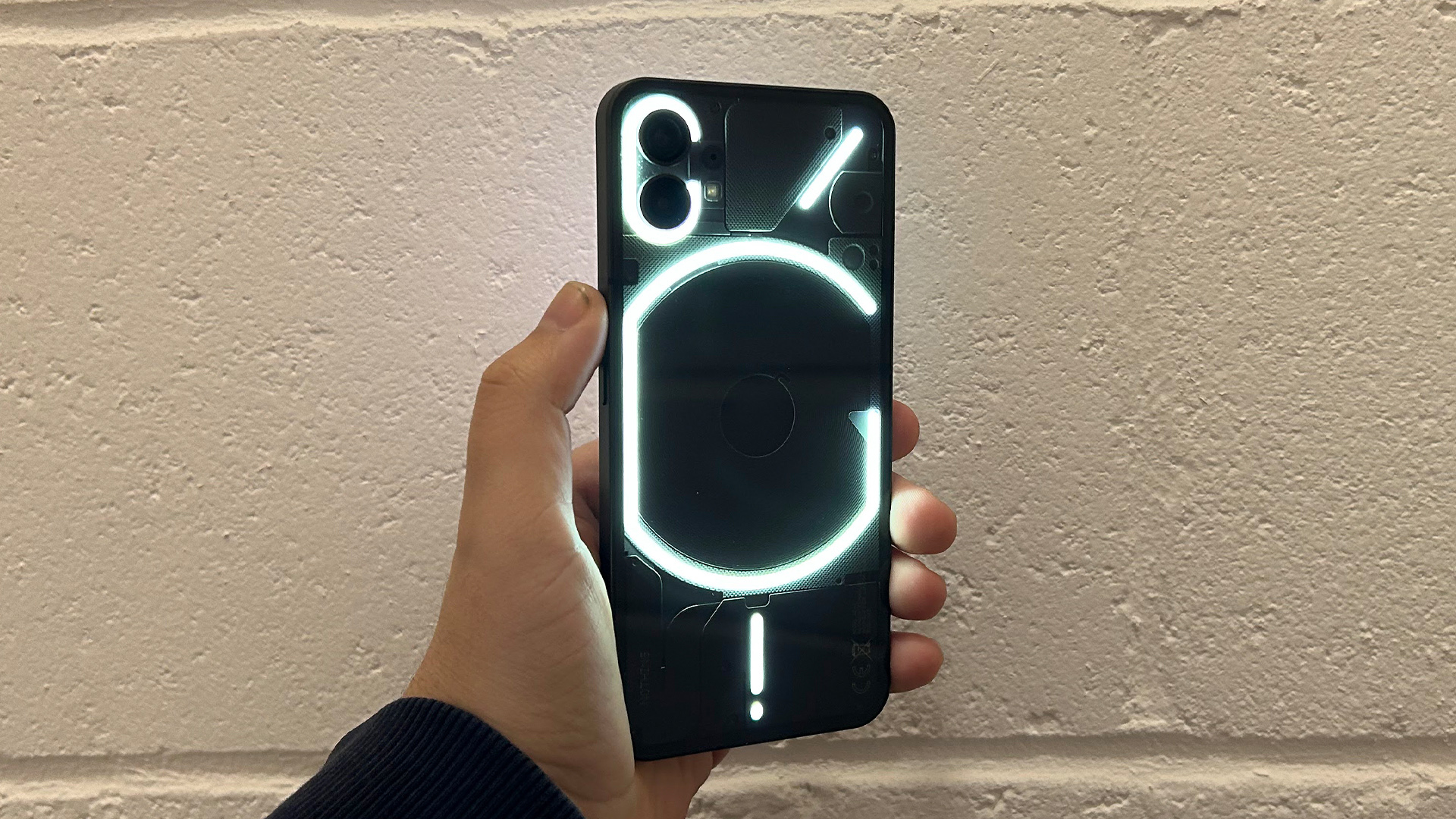
Despite the low cost of the Nothing, it doesn’t disappoint when it comes to the feature set. As previously mentioned, the most unique feature of the phone is the Glyph interface – a series of LED light strips on the back of the phone that can act as a notification light, a camera flash and even a battery charging indicator. While we find it to be fairly gimmicky, we can’t dispute the fact that it also looks pretty cool.
On the subject of the rear of the phone, you’ll find two cameras, both 50MP, with one standard main lens and a secondary ultra-wide lens. The Phone (1) is a decent snapper, but with many Android phones toting three or more lenses these days, a telephoto zoom lens wouldn’t go amiss. You’ll also find a 16MP “hole-punch” style single front camera nestled in the top left corner of the display, which allows for unlocking via facial recognition.
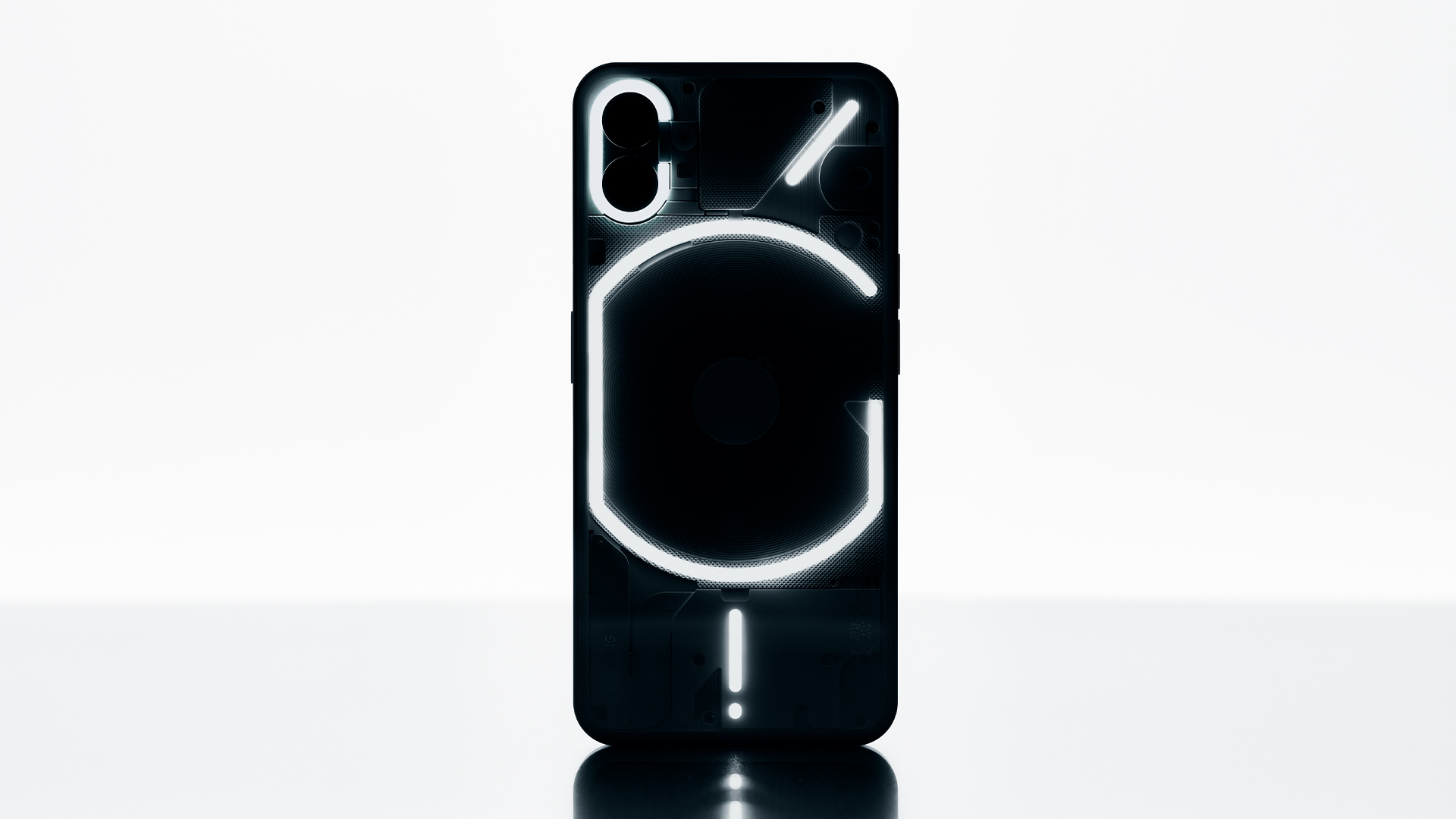
Screen size 6.55-inches
Screen type OLED
Screen resolution 1080 x 2400 (402ppi)
Finishes x 2 (Black, White)
Operating system Android 12 (Nothing OS)
Storage 128GB / 256GB
RAM 8GB / 12GB
On to the main event – the Nothing’s surprisingly high-spec display. The phone sports a 6.55-inch OLED display, with a resolution of 1080p (and a pixel density of 402ppi), and a buttery smooth 120Hz refresh rate. It’s a big, bright and responsive display that feels like the sweet spot at this price. The OLED means convincing blacks, while the 120Hz refresh rate should get the attention of mobile gamers. The display also supports HDR via the HDR10+ format, ideal for streaming on Amazon Prime Video; however, the likes of Netflix and Disney Plus are on team Dolby Vision which doesn’t feature here.
The Nothing Phone (1) runs Android 12 (dubbed Nothing OS) out of the box; though an update to Android 13 is just around the corner. It's a fairly stripped-back version of the Google operating system, but it takes on a lot of Nothing’s edgy aesthetic. It’s easy to navigate and runs smoothly, and the visual changes are easy to adapt to.
Picture
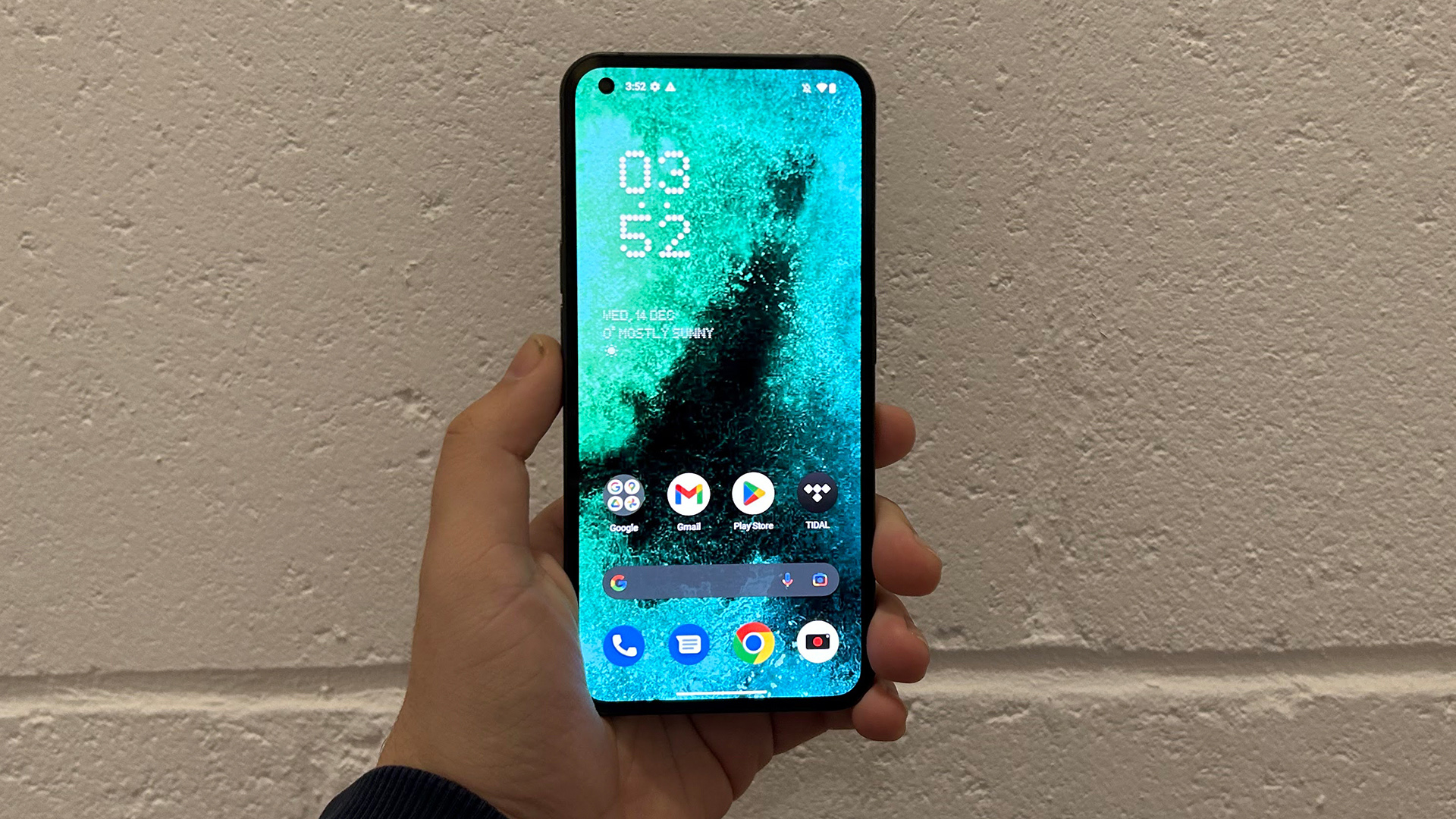
As the aforementioned screen specs might suggest, the Nothing’s display is impressive. There are certainly sharper displays on the market, but Nothing’s price-to-performance ratio is impressive. With its deep inky OLED blacks and considered handling of contrast, the Nothing gets a lot right.
Firing up Thor: Love And Thunder, it's immediately obvious that the Nothing is capable when it comes to contrast. Edges are well-defined and characters are placed firmly in the foreground of scenes, creating a tangible depth to the image. This is down to the OLED display’s commendable handling of contrast
Detail is solid across the board, with skin and environmental textures all looking adequately resolved. Skin tones also look mostly spot on. At times they can look a little too punchy, but this doesn’t detract too much from the display's overall strengths. In fact, the Nothing’s display leans towards the bolder side overall, with the vivid visuals found in the latest Thor flick bursting to life on the Nothing’s screen.
The OLED display brings its expected strengths when it comes to black levels, with the deep, dark vacuum of space looking convincingly black in Rogue One: A Star Wars Story. Distant stars do punch through the expansive black canvas, but we’ve seen this shot handled better on other phone displays, most notably that of the Sony Xperia 10 IV, which just manages to grab that extra bit of detail. The Sony also just edges out the Nothing when it comes to contrast here.
Overall, while the Nothing holds its own against the Sony Xperia 10 IV in many regards and provides a punchy and entertaining picture in its own right, it can’t quite rival the cinematic quality achieved by the Sony’s 21:9 display, which is literally made to watch movies on.
Sound
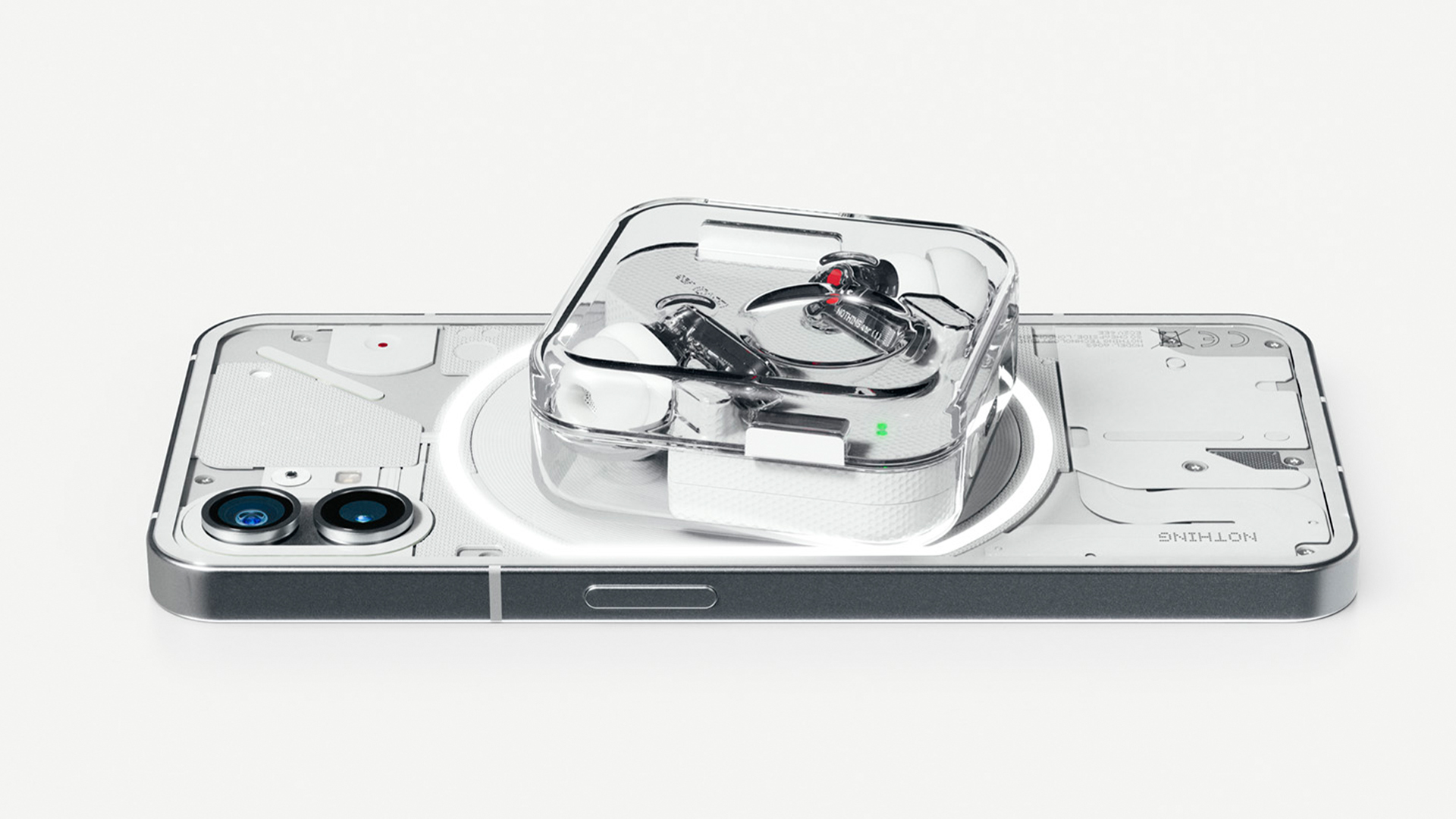
The Nothing uses a combination loudspeaker and earpiece stereo pairing that has become commonplace in the smartphone world. And, much like many other smartphones, they’re not exactly the best way to listen to content. There’s a definite lack of bass and overall sharpness that makes the Nothing’s speakers only really useful in a pinch. We certainly wouldn’t recommend using them to stream your favourite songs.
Headphone performance is thankfully a different story. Connecting a pair of over-ears via a USB-C to 3.5mm adapter (did we mention the lack of headphone jack on the Nothing?), we’re met with a much fuller presentation, with heartier bass and even some detail in the upper range. Throwing our usual test track, James Blake’s Limit To Your Love, at the Nothing yields mostly positive results, with decent clarity to vocals and authenticity to the instrumentation.
In the dynamics, though, the Nothing somewhat drops the ball. The brief moments of silence before each new verse of crashing pianos and vocals kicks in feels lacklustre, not quite hitting as convincingly as they do from the Xperia 10 IV. Overall, the Sony provides the slightly more considered performance out of the two, with a touch more detail and clarity, as well as snappier timing, making it the better pick when it comes to headphone audio.
That being said, the Nothing still produces a mostly positive headphone experience; but with tough competition from the Xperia, we’re sticking by our favourite budget smartphone this time.
Verdict
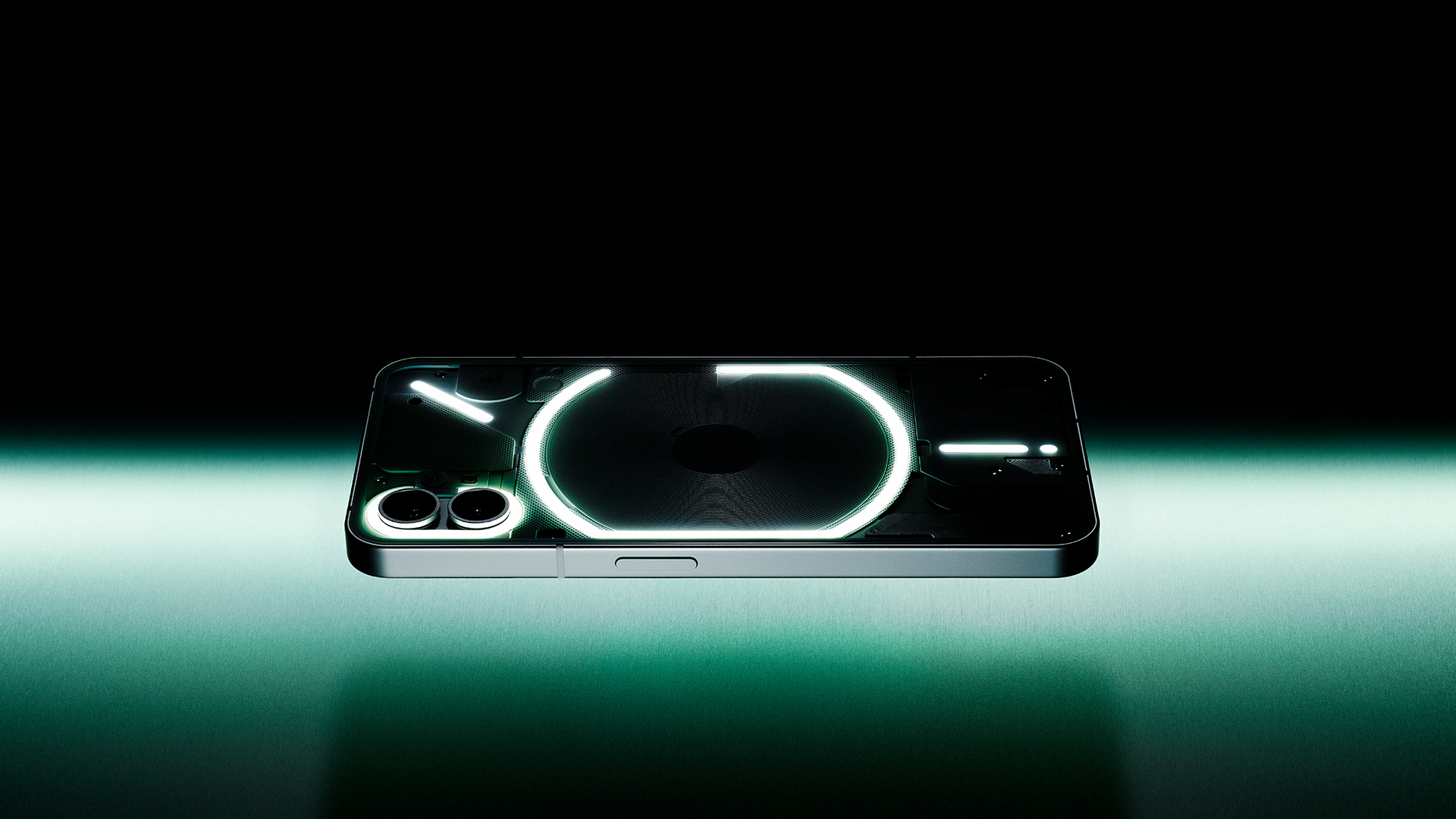
The Nothing Phone (1) is a welcome oddity in the current smartphone scene. With iterative yearly updates from Apple, Samsung and Sony, it feels like the days when each new phone would have groundbreaking new features are slowly fading.
Nothing, conversely, provides a phone with a unique aesthetic and feature set, sturdy build and 120Hz OLED display – all for less than half the price of the latest iPhone. If you want a smartphone that will turn heads, alongside providing a pretty solid AV experience overall, the Nothing Phone (1) might be the rebellious new alternative for you.
SCORES
- Features 4
- Picture 4
- Sound 4
MORE:
Read our review of the Sony Xperia 10 IV
Also consider the Google Pixel 7
Read our OnePlus 10 Pro review
What Hi-Fi?, founded in 1976, is the world's leading independent guide to buying and owning hi-fi and home entertainment products. Our comprehensive tests help you buy the very best for your money, with our advice sections giving you step-by-step information on how to get even more from your music and movies. Everything is tested by our dedicated team of in-house reviewers in our custom-built test rooms in London, Reading and Bath. Our coveted five-star rating and Awards are recognised all over the world as the ultimate seal of approval, so you can buy with absolute confidence.
